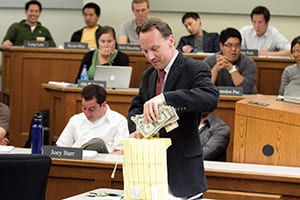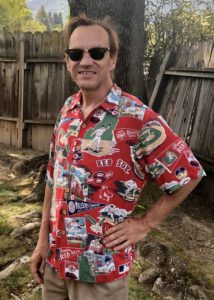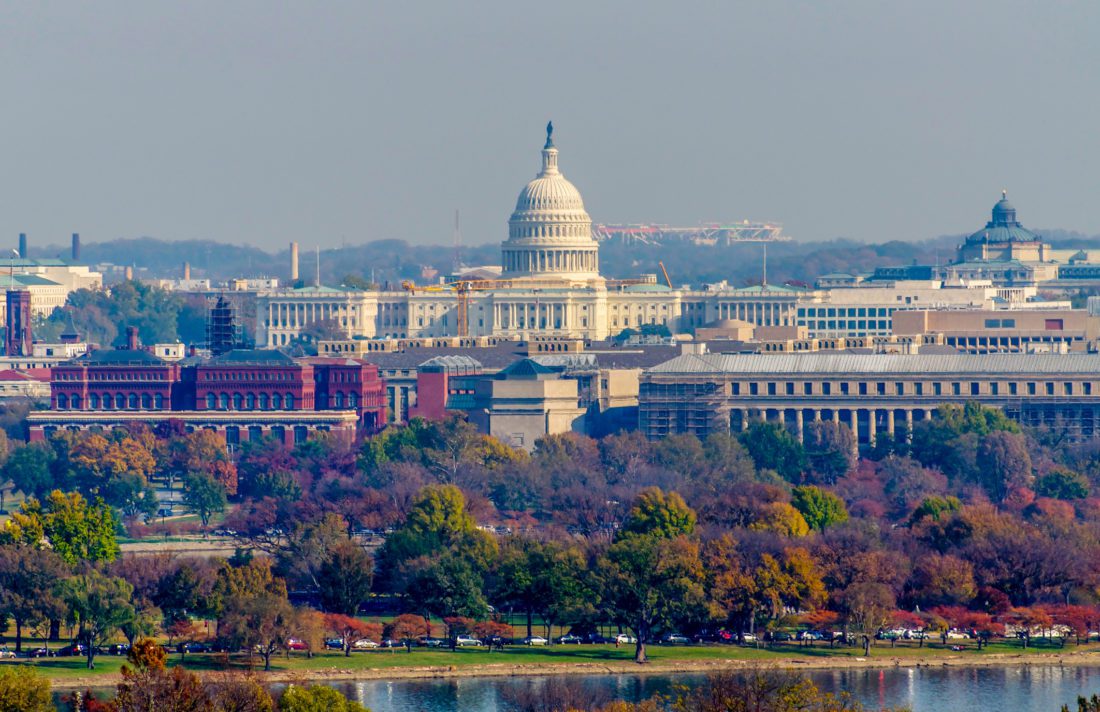It’s no secret that Robert Strand, executive director of the Center for Responsible Business at Berkeley Haas, believes the Nordics hold the key to the future of American capitalism. Strand, who came to Haas in 2014 after earning a PhD and becoming a sustainability professor at the Copenhagen Business School in Denmark, is finishing a book called “Sustainable Vikings: What the Nordics Can Teach Us about Reimagining American Capitalism.” He has been using drafts of the book to teach in his undergraduate and MBA course, Sustainable Capitalism in the Nordics. Strand is also now the executive director of the new UC Berkeley Nordic Center.
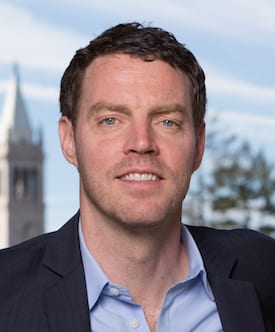
We spoke with Strand about the future of capitalism and his award-winning case Patagonia’s path to carbon neutrality by 2025, along with his Nordic Center role.
The Financial Times recently honored the Berkeley Haas Patagonia case in its special report on Responsible Business Education. (The case was co-written in 2018 with CRB’s former associate director, Seren Pendleton-Knoll, UC Berkeley Professor Daniel Kammen, and Patagonia employees, including Vincent Stanley.) What was your goal with the case?
The goal was to help frame this wicked problem of climate change and provide inspiration for other companies to take action. There’s real strength in acknowledging that a problem exists, that business is part of the problem, and that even a sustainability-leading company like Patagonia does not know exactly what to do. Patagonia is leveraging every resource at its disposal, including the Center for Responsible Business, to help frame the issues at hand. Within that case, we wanted to highlight tensions involved when you talk about running a for-profit business and you also desire to address a great issue like climate change.
There’s real strength in acknowledging that a problem exists, that business is part of the problem, and that even a sustainability-leading company like Patagonia does not know exactly what to do.
What did Patagonia do differently to address these challenges?
Patagonia is engaging in open innovation, drawing from a concept from our Berkeley Haas colleague Henry Chesbrough, to tackle its challenges. Through the authoring of a case and its use in the Patagonia Case Competition that we run through the Center for Responsible Business, Patagonia is opening its challenges up to the world for help. The likelihood that the best ideas and best solutions to tackle climate change exist within the walls of Patagonia are next to none. We can help Patagonia find solutions to its problems and facilitate cooperation with a variety of new stakeholders that Patagonia may have otherwise never encountered.
What can companies and our students learn from Patagonia?
Wicked problems like climate change demand cooperation. They demand us coming together and addressing a problem that affects us all. We must go beyond ourselves to address this. American business students need to get comfortable with cooperation and working beyond the walls of their companies to address our greatest sustainability challenges. This often includes engaging with industry peers. I deliberately use the expression industry peers as opposed to competitors because language matters and a peer is someone with whom you collaborate.
American business students need to get comfortable with cooperation and working beyond the walls of their companies to address our greatest sustainability challenges.
Your views on capitalism were deeply influenced by the time you spent living in Norway. How?
When I came from the Copenhagen Business School to Haas in 2014, my Trojan Horse agenda was the Nordics. My American mind was revolutionized by my experiences living and working in the Nordic countries for the better part of a decade. As a PhD-student-turned-professor in Denmark, I saw first-hand the policies and practices that were working really well there to better ensure the well-being of every member of society. These were policies and practices that I was told in the United States couldn’t work—including access to childcare, paid parental leaves, universal access to health care and education—because they were called socialism and had to be a drag on efficiency. However, I saw that the Nordic countries are market-based economies and exemplars of capitalism, but just a different variety of capitalism than what we know in the U.S. I saw how Nordic societies were more efficiently and equitably handling their challenges. I began to realize maybe the problem lies with us Americans. That set me on the path of questioning the status quo of American capitalism, and what better place to do such a thing than Berkeley Haas.
Let’s shift gears and discuss what you are working on now.
I’m finishing my book “Sustainable Vikings,” which is about what the Nordics can teach us about reimagining American capitalism. I use drafts of it in all the classes that I teach at Berkeley Haas and have just loved the discussions with our bright and wonderful Haas students over these past years. They are now a part of this book. I want to be part of normalizing the approach I saw in the Nordic societies where business leaders saw themselves as stewards of the company and society. I fear too many companies and too many prominent business figures in the United States have adopted an extractive approach. We need to fight this extractive approach head on because it is leading us all to a very bad place. But, I should stress there is nothing that says somebody needs to be from a place like Denmark to be a steward. I am talking about the need for a mindset shift where we discard the old assumptions that do not serve us well.
We need more American business leaders like Rose Marcario, former CEO of Patagonia, and Chip Bergh, CEO of Levi’s, and a partner of the Center for Responsible Business, who is leveraging his platform to elevate the risks to our democratic institutions and the need to strengthen our American democracy.
UC Berkeley recently launched the new Nordic Center and named you director. What has the center been up to?
The Nordic Center is institutionally tied to the Center for Responsible Business, the Scandinavian Department, and the Institute for European Studies, so we straddle the campus to bring the best of Berkeley to the Nordic agenda. Our first big event was the Nordic Sustainable Food Summit this fall, drawing upon our competency in sustainable food with Will Rosenzweig and courses like Edible Education, and the Plant Futures Lab. We showcased our Nordic connections, including Björn Öste, founder of Oatly, an oat milk company out of Sweden. We’ll make it an annual event and next year we will beef up ladder faculty participation, including our great researchers like Professor Paul Gertler, who’s interested in things like sugar taxes that Norway has implemented to compare with efforts here in the U.S. Our students are connecting with these Nordic-based firms and startups and next year we hope to be in- person at Haas, sharing some great Nordic food!
A primary driver behind the Nordic Center is Barbro Osher, a good friend to UC Berkeley and a good friend of mine. Without her, none of this would have been possible. Barbro gave me the nickname “Mr. Nordic,” and what a pleasure it has been to get the Nordic Center established in partnership with her and our friends and colleagues across UC Berkeley.
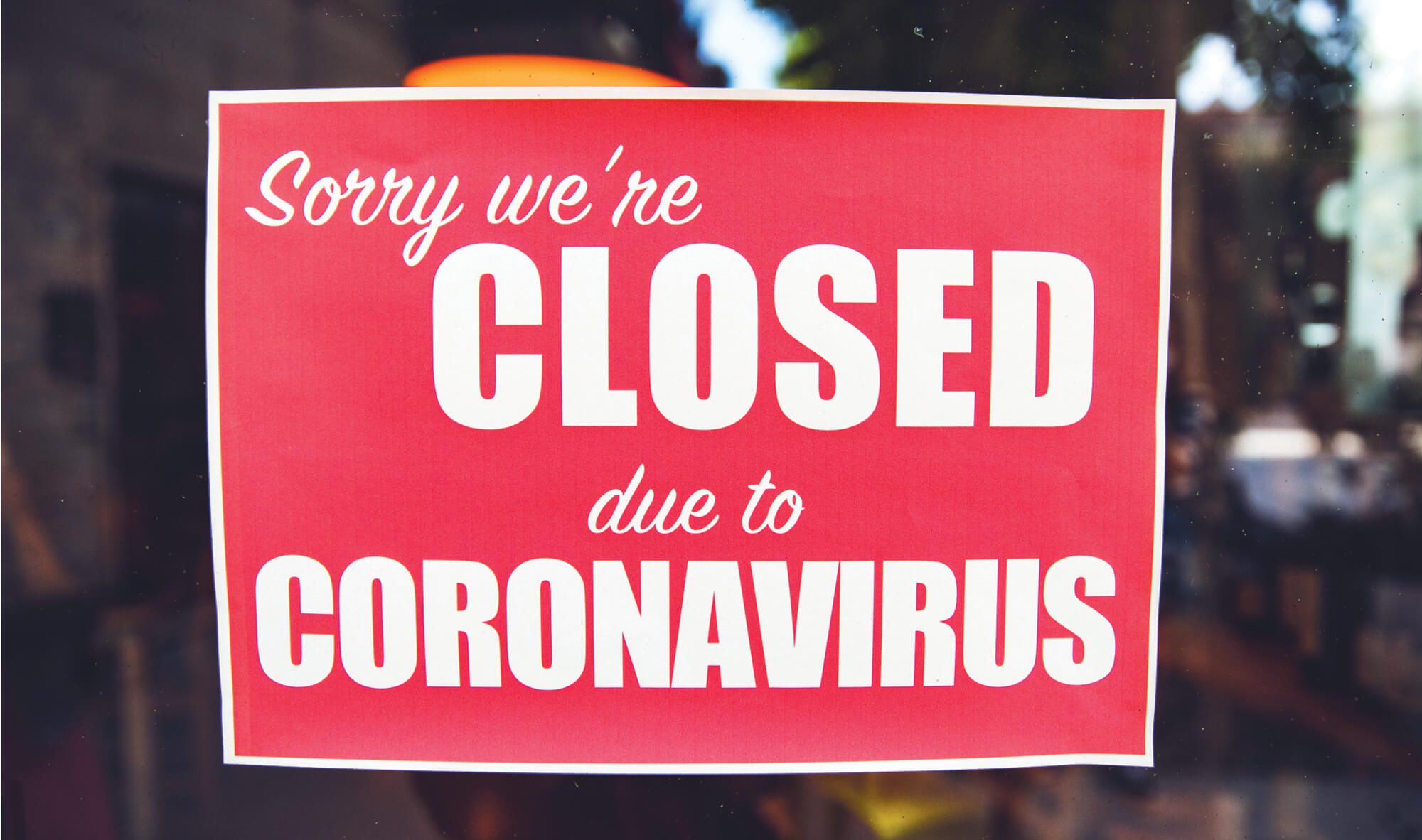
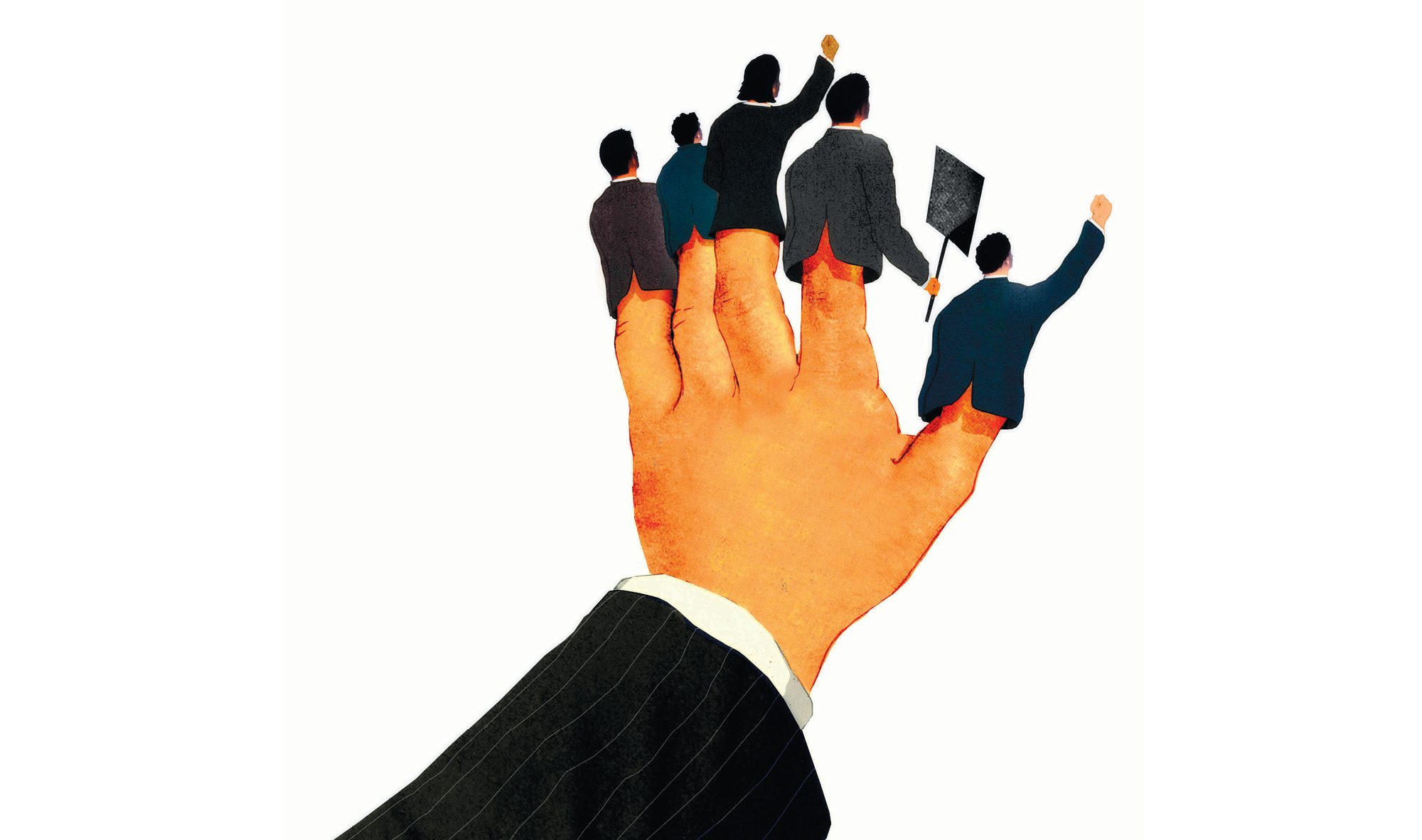

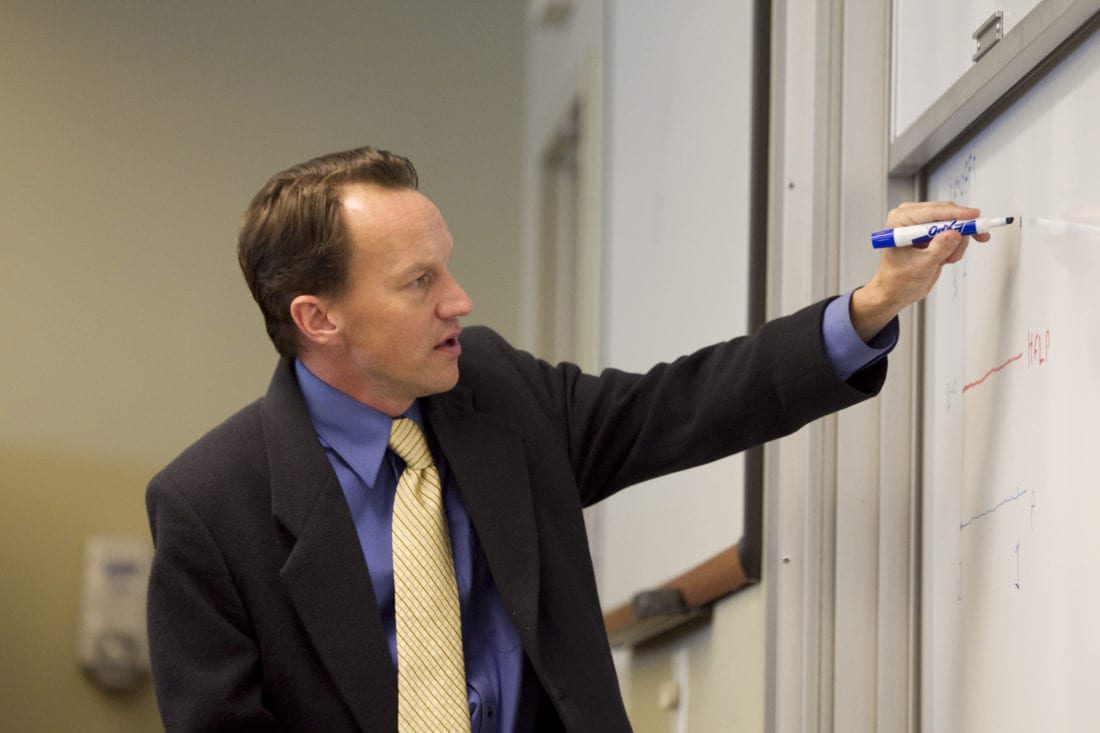
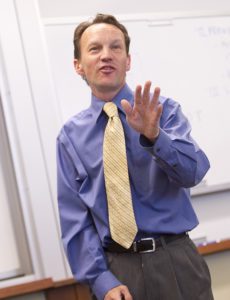 No matter the topic, Morgan had an exceptional ability to dispassionately analyze problems, colleagues said. And while his brilliance with economic models stood out, he also loved experimental work, co-founding the Haas Xlab to allow researchers to see if their theories held up in practice.
No matter the topic, Morgan had an exceptional ability to dispassionately analyze problems, colleagues said. And while his brilliance with economic models stood out, he also loved experimental work, co-founding the Haas Xlab to allow researchers to see if their theories held up in practice.